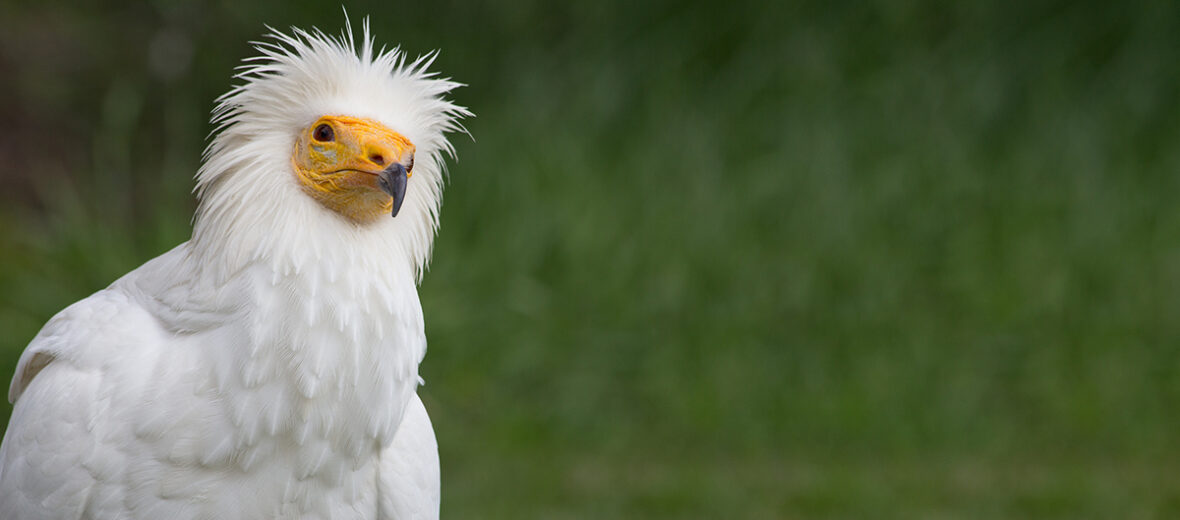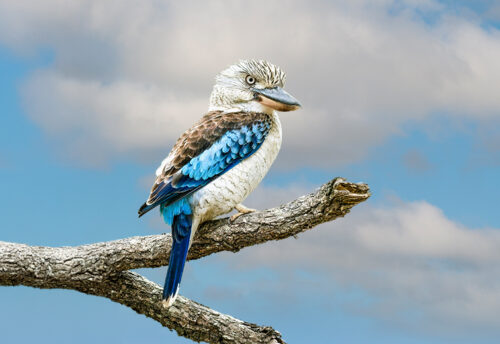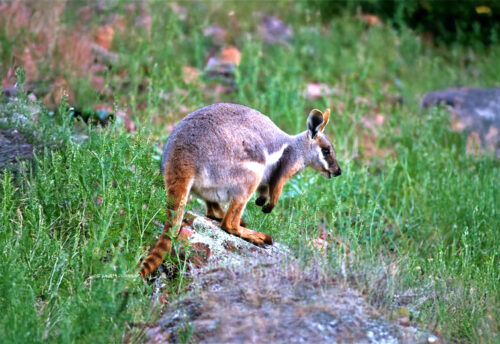
The Egyptian vulture, aka white scavenger vulture or pharaoh’s chicken, is an Old World vulture (those found in Africa and Asia). They can be found in southern Europe into northern Africa, and eastward to western and southern Asia. These vultures face many threats such as habitat loss and destruction at the hands of residential and commercial developments, farming, ranching, renewable energy, ecosystem modifications, roads, and railroads (which divide their territories and can result in vehicle strike – being hit by vehicles); hunting; trapping; recreational activities; invasive species (and with them disease and competition for food); and pollution. The IUCN lists these beneficial scavengers as Endangered.
First the Stats…
Scientific name: Neophron percnopterus
Weight: Up to 5.3 lbs.
Length: Up to 26 inches
Wingspan: Up to 5.58 feet
Lifespan: Up to 37 years
Now on to the Facts!
1.) There were only an estimated 36,000 wild individuals remaining, as of 2021.
2.) While primarily feeding on carrion (dead animals), they are also opportunistic and thus will prey on birds, small mammals, reptiles, insects, and feast on vegetable matter. Bird eggs are also preyed upon, and cracked open via flinging stones at the eggs to gain access to the tasty insides.
3.) Tool use in birds is rare, at best, however these vultures not only use stones to smash open eggs, but they also utilize sticks to wind up wool, for use in their nests.
4.) These birds were initially described by Swedish naturalist and historian Carl Linnaeus in 1758. The genus Neophron was later coined by Jules-César Savigny in the first natural history volume of the Description de l’Égypte’ in 1809.
5.) There are currently 3 recognized subspecies of the Egyptian vulture: N. p. percnopterus, N. p. ginginianus, and N. p. majorensis.
But wait, there’s more on the Egyptian vulture!
6.) Their genus name is derived from Greek mythology.
7.) They prefer dry plains and low hill habitats.
Did you know…?
During their migrations, these birds can cover up to 310 miles in a single day.
8.) Many Egyptian vultures in the subtropical zones of Europe migrate south to overwinter in Africa.
9.) These birds are seen individually or in pairs.
10.) Egyptian vultures are monogamous (mate for multiple seasons or longer).
But wait, there’s still more on the Egyptian vulture!
11.) Vocalizations made are a high-pitched mewing or hissing sound, as well as a screeching call while feeding on carcasses.
12.) Spring is the preferred breeding season.
Did you know…?
Besides their normal diet, these vultures will also engage in coprophagy (eating animal and even human feces – poop).
13.) The nest sites are often reused each year, and nests are crudely built with sticks, twigs, and scraps of wool & fabric.
14.) Nests are built on cliff ledges, buildings, or the fork of a large tree.
15.) Females lay up to 2 eggs. The 1st egg hatches in up to 42 days. The 2nd about 3 – 5 days later.
But wait, there’s still bit more on the Egyptian vulture!
16.) In Ancient Egypt, multiple hieroglyphs include the Egyptian vulture including what is listed as G1 in the Gardiner’s sign list – U+1313F 𓄿 Egyptian Hieroglyph G001.
17.) These vultures were held sacred to Isis and Mut in the ancient Egyptian religion.
Now a Short Egyptian Vulture Video!
Be sure to share & comment below! Also, check out the Critter Science YouTube channel. Videos added regularly!
Want to suggest a critter for me to write about? Let me know here.
Some source material acquired from: Wikipedia & IUCN
Photo credit: Carlos Delgado



